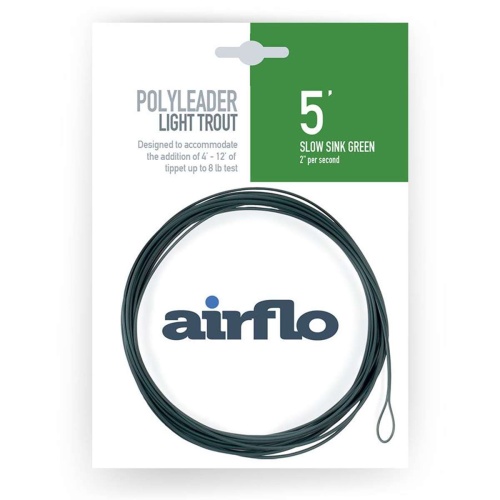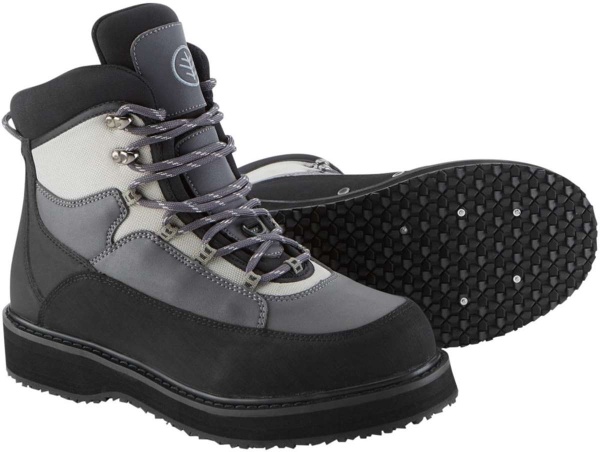 The subject of fly fishing tackle is large and complex, but we will try to help you along the way to navigate this potential minefield. First, leaders and tippets. But you know perfectly well what a leader and tippet is, don’t you? Isn’t that the piece on the end of the fly line you tie the fly to? Well, not exactly. The “leader” is a length of tapered monofilament, the thick end of which is tied to the end of the fly line. The "tippet"' is a length of level monofilament, one end of which you tie to the thin end of the leader and the other to the fly itself.
The subject of fly fishing tackle is large and complex, but we will try to help you along the way to navigate this potential minefield. First, leaders and tippets. But you know perfectly well what a leader and tippet is, don’t you? Isn’t that the piece on the end of the fly line you tie the fly to? Well, not exactly. The “leader” is a length of tapered monofilament, the thick end of which is tied to the end of the fly line. The "tippet"' is a length of level monofilament, one end of which you tie to the thin end of the leader and the other to the fly itself.
Let’s start with leaders, which are usually about nine feet long, though lengths may vary. Basically, a leader transfers the power of the cast gently toward the fly. But it gets more scientific, since the size (diameter) of the small end is important -- it must go through the little eye of the fly -- a numbering system was devised to reflect the diameter of the small end. Originally most monofilament of the same diameter had roughly the same breaking pound test. But the size was more important (yeah, yeah, we all know the old joke about size not mattering). It was thought no one wanted to learn decimal (.005, for example), so developers of the system took the number eleven and started with that. Eleven thousandth = 0X, ten = 1X, nine = 2X, eight = 3X, seven = 4X, six = 5X, five = 6X and four = 7X. The easiest way to think of it is: the bigger the number (6X), the smaller the end of the leader is. And the bigger the number is, (size 28) the smaller the flies are. Confused? Of course you’re not.
Now for the tippets, which are just like the leaders. A 6X tippet will have the same diameter as the small end of a 6X leader. That makes it perfect for tying them together. A short piece of the tippet should be tied to the end of the leader with a so called “wind knot". The reason for these knots is simply that casting will happen in the two feet ahead of the fly.
When acquiring your fly fishing tackle, you see, you might also need to learn new skills, like knot tying!






















